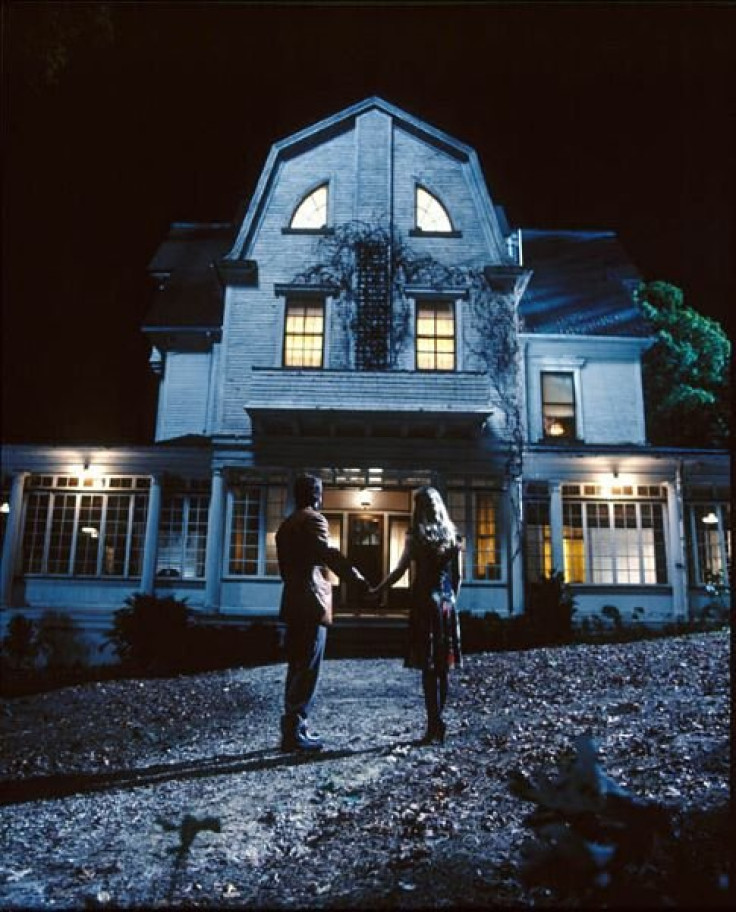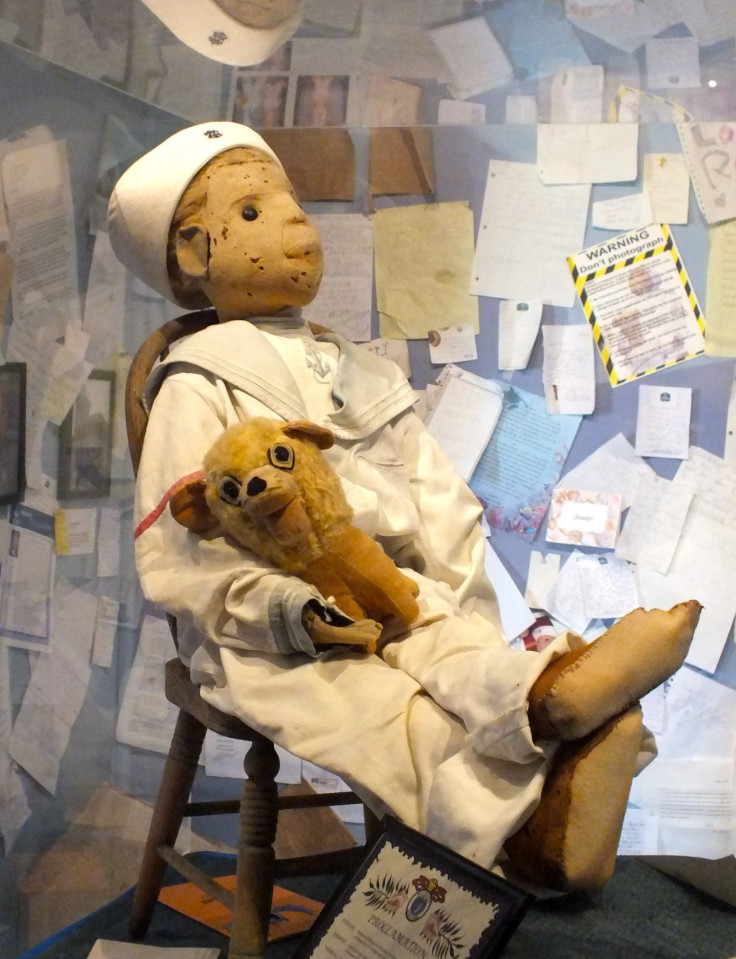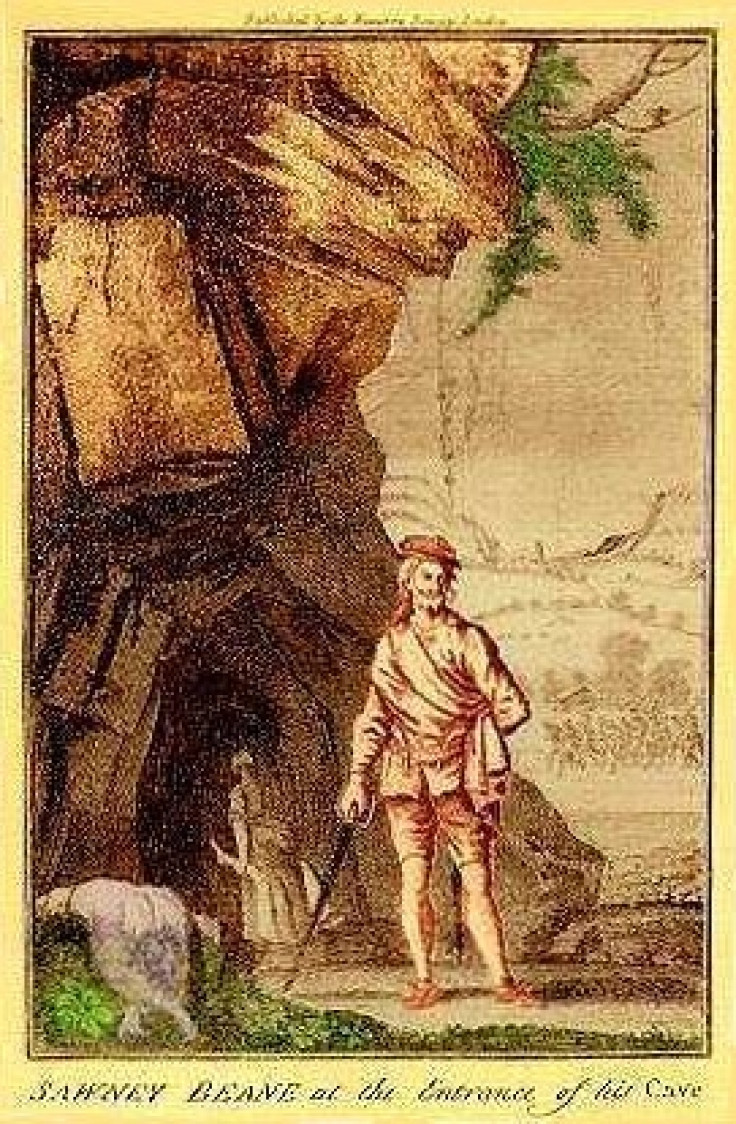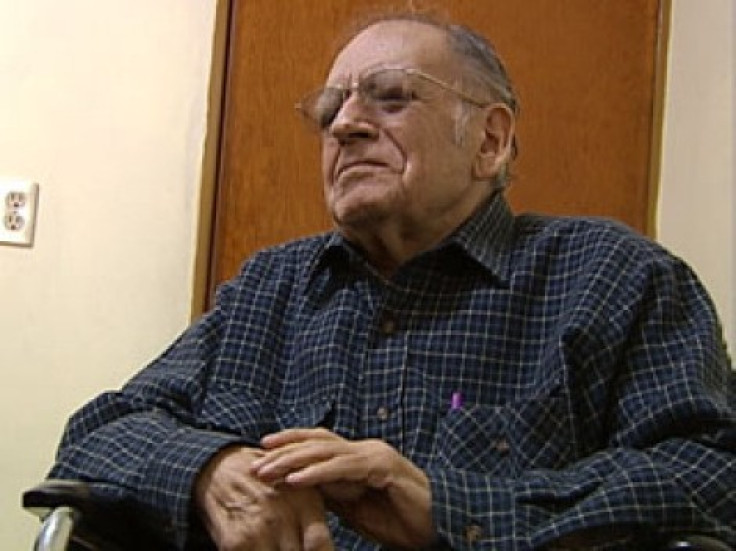Halloween 2014: Real-Life Inspirations Behind American Horror Story, Psycho and The Silence Of The Lambs

Telling tales and watching scary films has always been a big part of Halloween festivities. Yet, where do these stories and characters come from? Are they just part of some writer's creative imagination, or are they based in some kind of twisted reality?
IBTimes UK takes a look at some of the most horrifying real-life inspirations behind some of horror's most famous stories.
Robert the Doll

Robert the Doll is a stuffed toy believed to be possessed by evil spirits and is the inspiration behind Chucky in the film Child's Play.
A young boy named Eugene Otto was given the doll by a servant who was said to be skilled in black magic and voodoo, and believed to be unhappy with her role within the Otto family.
Otto's parents claimed they often heard him speaking to Robert and the doll speaking back. Sometimes the family would catch glimpses of it supposedly running from room to room and neighbours even said they saw it moving about the house when no one was home.
During the night, Otto was often heard screaming and his parents would run into the room and find it in disarray and Otto looking very scared. He would always say that Robert had done it.
Robert was passed on to a little girl when Otto died years later and her family bought the house. The girl began to scream in the night, much like Otto had, and claimed Robert was moving about the room trying to attack her.
The Lutz Family

The story of the Lutz family after they moved into 112 Ocean Avenue in 1975 is the real-life inspiration behind The Amityville Horror.
The Lutz's moved into their new house just 13 months after Ronald DeFeo Jr had shot and killed every member of his family there.
The family only lasted 28 days under the roof after a series of paranormal events supposedly terrified them into leaving.
Among the reported phenomenon were cold spots in rooms, the smell of perfume or excrement, objects being thrown and the glowing red eyes of a demonic pig-like creature.
The Mothman

The Mothman is not so much a real person as a mythical creature who was spoted on many different occasions between 15 November 1966 and 15 December 1967, in the town of Point Pleasant, West Virginia.
The Mothman is known as the harbinger of disastrous events and is blamed for the 1967 collapse of the Silver Bridge where 46 people died. There were no reported sightings after that day.
Reports suggest that during the time, there were over 100 sightings of the Mothman, with many claiming to have seen a tall man with large wings and glowing red eyes.
Ed Gein (graphic content)

Ed Gein has been the inspiration behind several fictional characters: Norman Bates (Psycho), Leatherface (The Texas Chainsaw Massacre), Buffalo Bill (The Silence Of The Lambs), Ezra Cobb (Deranged), Bloody Face (American Horror Story) and Eddie Gluskin from video game Outlast.
Gein was a murderer and body snatcher. He would make frequent, nightly visits to graveyards and exhume the bodies of recently deceased women who looked like his mother. He took the skins of these women, tanned them and began to make various paraphernalia from them.
Soon after his mother died, he began to make himself a "woman-suit" out of these skins, with the idea that he could put it on and become his mother.
Gein confessed to killing two women, one of which was found beheaded and strung up like a deer, on his farm.
When his house was searched, the police found various items made from the bodies of those he dug up. These included, masks made from the skin of women's heads, a belt made from female nipples, a corset made from a female torso and a lampshade made from a human face.
Madame Lalaurie

Madame LaLaurie is a character in American Horror Story: Coven, who was inspired by a real-life woman of the same name.
LaLaurie was a socialite and serial killer from New Orleans, famous for her torture of slaves.
Her misdeeds were discovered after a fire broke out at her home and the rescuers who responded found slaves bound up in the attic, all displaying evidence of torture over a prolonged period of time.
During an investigation into the grounds, it was reported that several bodies belonging to slaves were found, including those of two children.
LaLaurie escaped the public outrage that ensued and is believed to have fled to Paris.
Sawney Bean

Sawney Bean was the head of a 48-member clan in Scotland during the 15th or 16th century. The story goes that he was executed for the murder and cannibalisation of over 1,000 people. His story is the inspiration behind the film The Hills Have Eyes.
Bean and his clan would apparently ambush victims in the mountains and bring them back to their cave to be eaten.
One day, the group attacked a married couple, but the man was able to fight them off, escape and tell the authorities.
King James I of England led an army of 400 men on a manhunt for Bean. They discovered the cave, captured Bean and his clan and executed them without trial.
Dr Alfredo Ballí Treviño

It was not until last year that author Thomas Harris revealed in an interview where he got the inspiration for his character Dr Hannibal Lecter.
Dr Alfredo Ballí Treviño was a Mexican doctor who was convicted of murdering his lover and mutilating his body. Treviño is also believed to have killed and dismembered several hitchhikers.
Even though their stories are not similar, it is possible the doctor's character - which inspired the suave and sophisticated Lecter, as Harris told The Times - had a "certain intelligence and elegance about him."
© Copyright IBTimes 2024. All rights reserved.





